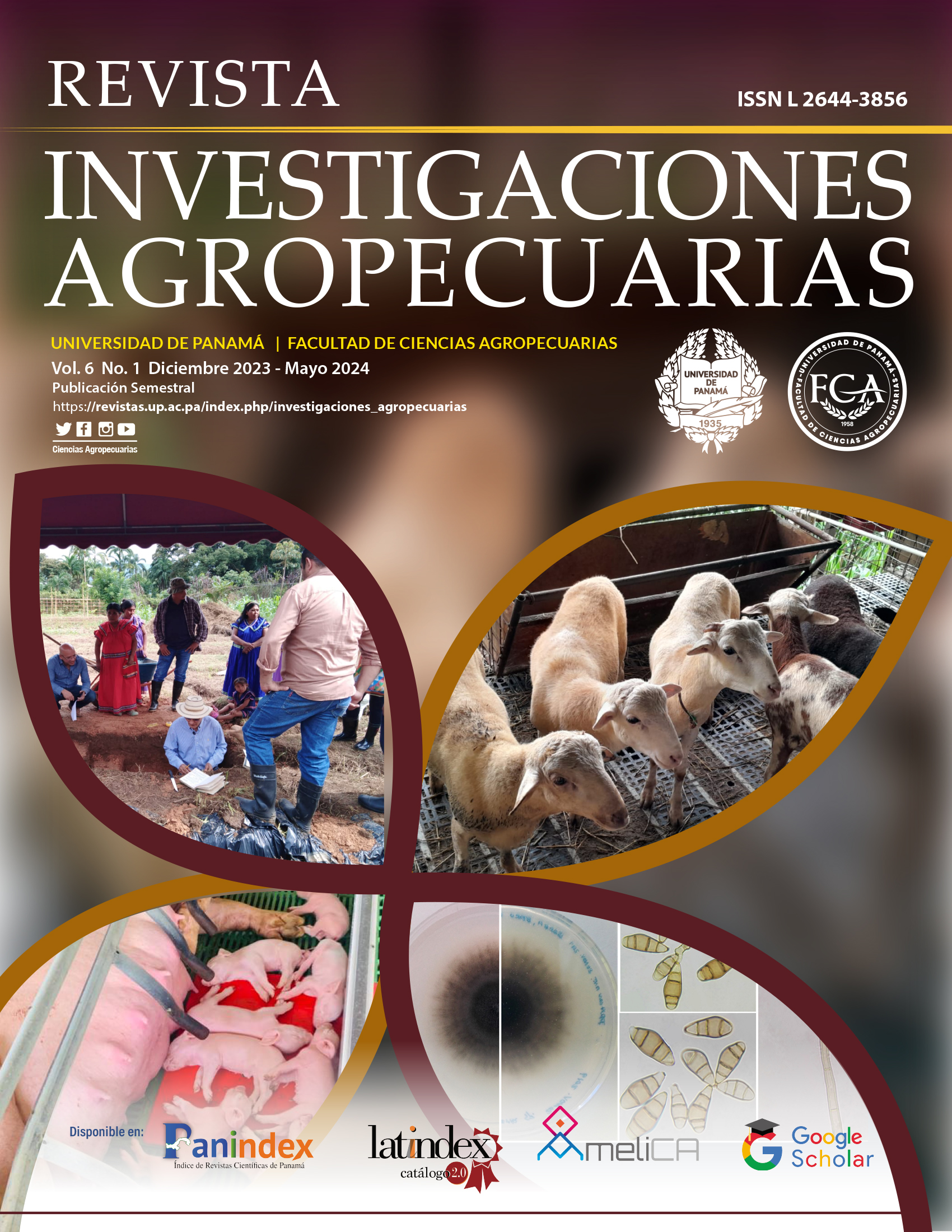

Copyright (c) 2023 Revista Investigaciones Agropecuarias

This work is licensed under a Creative Commons Attribution-NonCommercial-ShareAlike 4.0 International License.
One of the ways to evaluate the response capacity over time of agricultural amendments is through the application of calcium carbonate on the exchangeable acidity, pH, P, exchange bases and micronutrients of acidic soils. In order to know the buffer capacity of the soil and doses of calcium carbonate, a 5x6x3 factorial design was used with five calcium carbonate treatments, six sampling time sub treatments and three repetitions each. The results of the treatments showed that the pH of the soils in the Ñürüm district are relatively low and that they can be improved with applications of calcium carbonate, since knowing the buffer capacity of the soil makes the most important effects evident. of the doses of lime applied on the Ca content and pH of the soil and the relationships of these with the other nutrients. The mere fact of maintaining the soil at field humidity for 15 days causes the chemical composition to change and the pH to decrease by approximately 0,5 units, presumably due to the increase in microbial activity and the release of phosphoric acid to the soil solution. However, the applied doses of calcium carbonate only increased exchangeable calcium and pH in the presence of moisture. The buffer capacity was not reached since the best combination used (4000 kg of calcium carbonate x 15 days of incubation) was not enough to raise the pH by one unit, however, a relationship was observed between the dose of lime and the pH (pH=4.83+0.000116 x kg of lime applied) so assuming that corn requires a pH >5.5, doses greater than 5.5 tons of lime per hectare can be considered adequate.